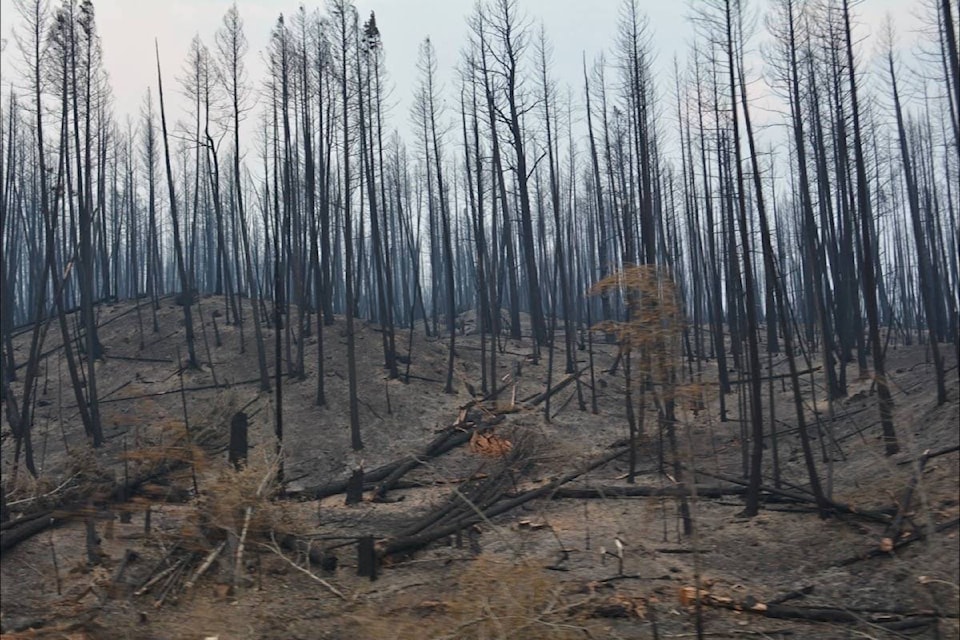With progress being made to contain the largest fires burning in the Interior, B.C. Wildfire Service officials have lifted the campfire ban for most of northern B.C. and removed the backcountry access ban for the Cariboo region.
Campfire bans remain in the Vanderhoof Forest District, and the Nadina Forest District including Houston, Burns Lake and Granisle west of Prince George. Local fire departments should be consulted on their own restrictions, said Kevin Skrepnek, chief information officer for the service.
Fires bigger than half a metre square remain off limits across the province, and the off-road vehicle ban remains in place for the Cariboo.
The backcountry ban for the Cariboo region “was a pretty extraordinary move,” Skrepnek said. “People were literally not allowed to use lakes, recreational use was not allowed.”
Buffer zones around existing fires in the Cariboo will be kept off limits until they are safe.
Conditions also have improved in the southeast region, with an evacuation order near Salmo downgraded to an alert and Highway 6 reopened from Nelway to Highway 3.
Skrepnek said while Kootenay conditions are mainly stable or improving with 39 fires in the southeast region, a fire on the U.S. side of the border is being watched closely. It is burning about 20 km south of the U.S. border near the Montana community of Newgate, near Lake Koocanusa.
WATCH: Aerials of wildfire damage in B.C.’s Kootenay National Park
The largest fires continue to be those sparked by a single dry lightning storm that passed through the Fraser Canyon and Cariboo region July 6. The Plateau fire, a combined name for what was 19 fires burning west of Quesnel and northwest of Williams Lake, was at 4,647 square km as of Wednesday and remains the largest fire on record for B.C.
The Elephant Hill fire near Ashcroft was estimated at 1,660 square km and also remained stable, 35 per cent contained as hundreds of firefighters, aircraft and heavy equipment work on guard areas to prevent spreading.



